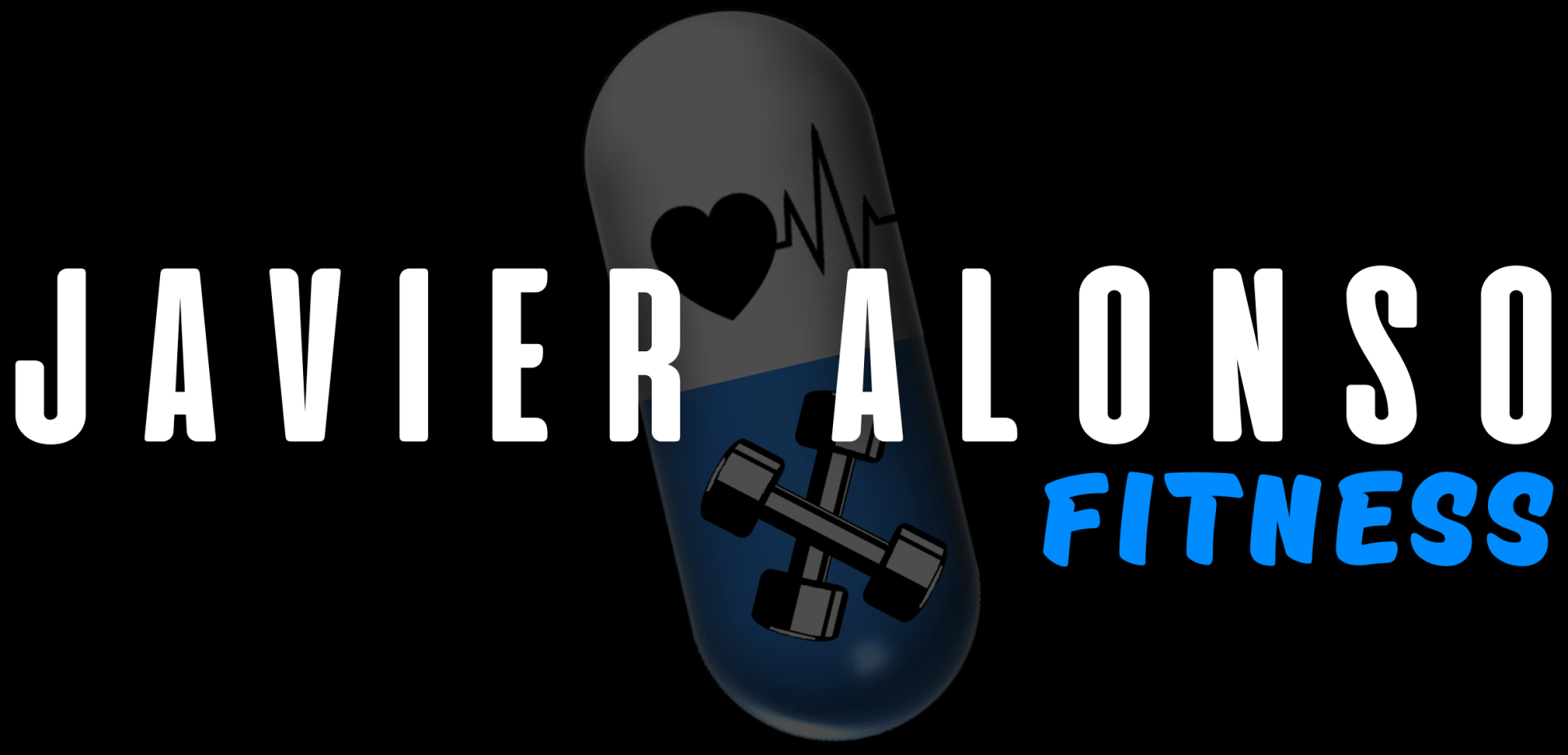Dolor muscular y agujetas
Javier Alonso Fitness | Entrenador Personal
Breve resumen del reciente artículo de Schoenfeld (Diciembre de 2012) "Does Exercise-Induced Muscle Damage Play a Role in Skeletal Muscle Hypertrophy?". My review article titled, “Does Exercise-Induced Muscle Damage Play a Role in Skeletal Muscle Hypertrophy?” has just been published ahead of print in the Journal of Strength and Conditioning Research. For those who want the cliff notes, here is a synopsis of findings: Exercise-induced muscle damage (EIMD) occurs primarily from the performance

Breve resumen del reciente artículo de Schoenfeld (Diciembre de 2012) "Does Exercise-Induced Muscle Damage Play a Role in Skeletal Muscle Hypertrophy?". My review article titled, “Does Exercise-Induced Muscle Damage Play a Role in Skeletal Muscle Hypertrophy?” has just been published ahead of print in the Journal of Strength and Conditioning Research. For those who want the cliff notes, here is a synopsis of findings: Exercise-induced muscle damage (EIMD) occurs primarily from the performance of unaccustomed exercise, and its severity is affected by the type, intensity, and/or duration of training. Concentric and isometric actions contribute to EIMD, but the greatest damage to muscle tissue is seen with eccentric exercise, where muscles are forcibly lengthened. Although EIMD can have detrimental short-term effects on markers of performance and pain, it has been hypothesized that the associated skeletal muscle inflammation and increased protein turnover are necessary for long-term hypertrophic adaptations. A theoretical basis for this belief has been proposed, whereby the structural changes associated with EIMD influence gene expression, resulting in a strengthening of the tissue and thus protection of the muscle against further injury. Other researchers, however, have questioned this hypothesis, noting that hypertrophy can occur in the relative absence of muscle damage. An extensive review of the scientific literature showed that there is a sound theoretical rationale supporting a potential role for EIMD in the hypertrophic response. While it appears that muscle growth can occur in the relative absence of muscle damage, potential mechanisms exist whereby EIMD may enhance muscle development including the release of inflammatory agents, activation of satellite cells, and upregulation of the IGF-1 system, or at least set in motion the signaling pathways that lead to hypertrophy. Although research suggests that eccentric exercise has greater hypertophic effects compared to other types of actions, however, a causal relationship directly linking these gains to EIMD has yet to be established. Moreover, if such a relationship does in fact exist, it is not clear what extent of damage is optimal for inducing maximum muscle growth. Evidence seems to show that threshold exists beyond which damage does not further augment muscle remodeling and may in fact interfere with the process. Given that a high degree of EIMD causes a reduction in the force-producing ability of the affected muscle, excessive damage can impair an individual’s ability to train, which necessarily would have a detrimental effect on muscle growth. Moreover, while training in the early recovery phase of EIMD does not seem to exacerbate muscle damage, it may interfere with the recovery process. Thus, current research indicates that a protocol that elicits a moderate amount of damage would be most appropriate for maximizing the hypertrophic response. A big gap in the literature is that the vast majority of studies have been carried out on untrained subjects. Considering that a ceiling effect slows the rate of muscle growth as one gains training experience, it is possible that muscle damage may become an increasingly important factor in promoting hypertrophy in highly trained individuals. This area needs further study. Schoenfeld, B.J.
TE ASESORAMOS ONLINE

Suscríbete a nuestro canal de YouTube:


Indica tus datos de contacto y te escribiré en breve personalmente para ayudarte.












